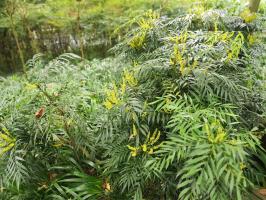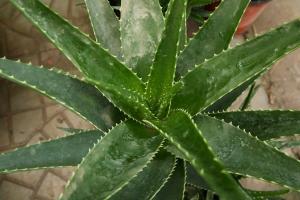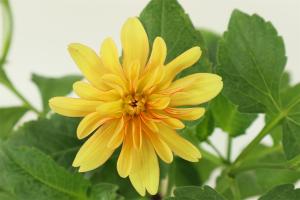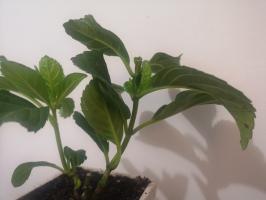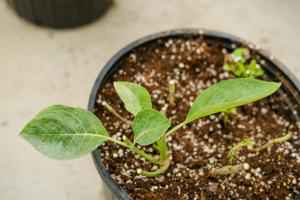Where to Plant Chestnut Trees
Chestnut trees are a popular choice for gardens and landscaping, as they not only produce delicious nuts but also add a beautiful, ornamental touch to any property. However, before planting a chestnut tree, it is important to consider the appropriate location. In this article, we will discuss the best places to plant chestnut trees for optimal growth and nut production.
Soil Conditions
One of the most important factors to consider when planting a chestnut tree is the soil conditions. Chestnut trees thrive in well-draining soils that are rich in organic matter. The pH of the soil should be between 5.5 and 7.0, which is slightly acidic to neutral. Chestnut trees will not tolerate poorly-draining soils, so be sure to avoid planting in areas that experience standing water after rainfall.
Sunlight Requirements
Chestnut trees require plenty of sunlight for optimal growth and nut production. They should be planted in full sun, which means that they should receive at least 6 hours of direct sunlight per day. Avoid planting chestnut trees in shady areas, as this will result in poor growth and few nuts.
Climate Considerations
Chestnut trees prefer temperate climates and are not suitable for areas with harsh winters or excessively hot summers. They are hardy in USDA zones 4-8, which means that they can handle temperatures as low as -30°F (-34°C) in the winter and as high as 86°F (30°C) in the summer. If you live in an area with extreme temperatures, you should consider planting a different type of tree.
Spacing Requirements
When planting chestnut trees, it is important to consider their spacing requirements. Mature chestnut trees can grow up to 50 feet (15 meters) tall and 40 feet (12 meters) wide, so they need plenty of space to grow. Depending on the cultivar, chestnut trees should be spaced at least 30-50 feet apart to ensure that they have enough room to mature properly.
Other Considerations
In addition to the factors mentioned above, there are a few other things to consider when planting chestnut trees. First, be sure to choose a cultivar that is suitable for your climate and soil conditions. There are many different types of chestnut trees available, so do your research before making a purchase.
Second, consider the potential impact of chestnut trees on your local ecosystem. Chestnut trees are highly attractive to wildlife such as deer and squirrels, which may cause damage to your property. If this is a concern, you may need to take extra measures to protect your trees.
Finally, be prepared to wait a few years before harvesting nuts from your chestnut trees. It can take up to 7-10 years for chestnut trees to begin producing nuts, so have patience and enjoy watching your trees grow in the meantime!
Conclusion
Planting chestnut trees can be a rewarding experience for any gardener or homeowner. By considering the soil conditions, sunlight requirements, climate considerations, spacing requirements, and other factors mentioned in this article, you can ensure that your chestnut trees grow and produce nuts to their full potential. With a little patience and care, you can enjoy the beauty and bounty of these wonderful trees for many years to come!

 how many times do yo...
how many times do yo... how many planted tre...
how many planted tre... how many pine trees ...
how many pine trees ... how many pecan trees...
how many pecan trees... how many plants comp...
how many plants comp... how many plants can ...
how many plants can ... how many plants and ...
how many plants and ... how many pepper plan...
how many pepper plan...
